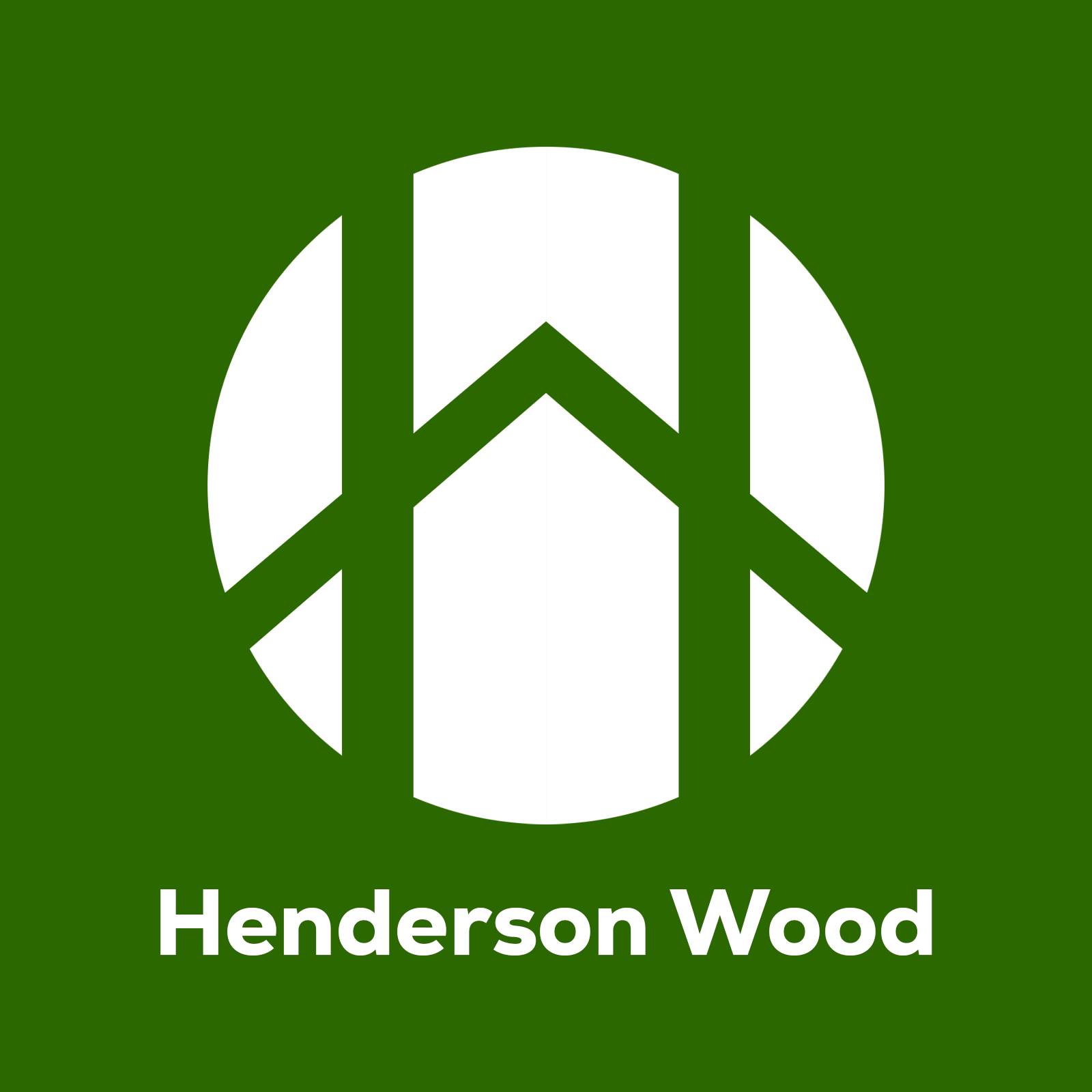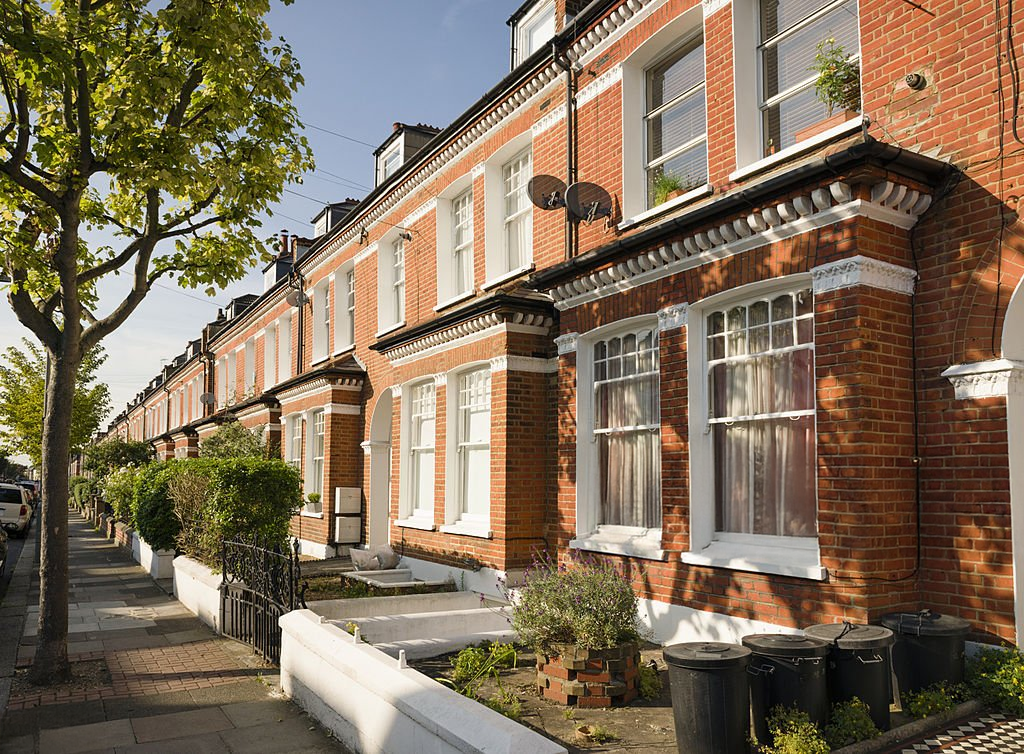Why Damp is a Common Problem in London Properties
Damp is one of the most frequently encountered issues in London homes. With the city’s damp climate, older housing stock, and rising energy costs leading to poor ventilation habits, the problem is widespread. Properties built before modern damp-proofing regulations, especially Victorian and Edwardian homes, are particularly vulnerable.
Flats in converted buildings and modern new-builds also face challenges, from poorly insulated walls to inadequate air circulation. Damp can occur slowly over time and remain unnoticed until it causes visible damage — or worse, health complications.
Early Signs of Damp You Shouldn’t Ignore
Musty or Unpleasant Smells
One of the earliest and most reliable signs of damp is a persistent musty smell. This often indicates hidden moisture within walls or flooring. Even without visible symptoms, that stale odour is a strong warning.
Peeling Paint or Bubbling Wallpaper
When damp penetrates a wall, it causes the bond between the surface and decorative finishes to break down. This results in bubbling wallpaper, cracked paint, or flaking plaster. These symptoms usually appear on lower walls, especially near skirting boards or chimney breasts.
Black Mould Growth
Black mould commonly forms in corners, on ceilings, and around window frames. It thrives in humid, poorly ventilated spaces and is often linked to condensation problems. Mould is not only unsightly but can cause serious respiratory issues if left untreated.
Discolouration and Stains
Look for brown or yellow staining on walls, often just above the skirting. These tide marks usually indicate rising damp — a form of damp that occurs when moisture travels upward from the ground due to a damaged or missing damp-proof course.
Cold, Damp or Wet Patches
If certain sections of a wall feel consistently colder or damp to the touch, they may be affected by moisture. This is particularly common near external walls or where insulation is lacking.
Persistent Condensation
Some condensation on windows in winter is normal. However, if it remains throughout the day and appears on multiple panes, it points to a moisture imbalance in the home. This can lead to mould and eventual fabric damage if not resolved.
Common Causes of Damp in London Homes
Rising Damp
Rising damp occurs when moisture from the ground moves up through the walls of a building. It’s most commonly found in older homes where damp-proof courses have broken down over time. The signs typically include tide marks and crumbling plaster on lower walls.
Penetrating Damp
Penetrating damp is caused by water leaking through walls, roofs or windows. It often results from defects like damaged guttering, cracked brickwork, missing pointing, or leaking roofs. It can appear anywhere on a wall, regardless of height.
Condensation Damp
This is the most common type of damp in modern homes and flats. It results from excess moisture in the air settling on cold surfaces like windows or walls. Inadequate ventilation, especially in kitchens and bathrooms, is usually the cause.
Areas Most Affected by Damp in London Homes
Bay windows and chimney breasts in Victorian homes
Lower ground flats in older converted buildings
Lofts or attic rooms with inadequate insulation
Rear extensions with flat roofs
Kitchens and bathrooms without extraction fans
External-facing walls, especially in end-of-terrace properties
Basement rooms and cellars
Each of these areas is more susceptible due to their exposure to external weather, lack of insulation, or poor airflow. In many London homes, these locations require extra attention during damp inspections.
Why a Damp Survey is Essential
A professional damp survey is not just about identifying surface issues. A qualified surveyor will use tools such as moisture meters, hygrometers, and thermal imaging to diagnose the type and cause of damp. You’ll receive a full written report that explains the findings and includes recommendations for remedial works.
This is especially valuable if you are:
Purchasing or selling a property
Dealing with persistent damp or mould issues
Responding to complaints from tenants
Trying to meet your obligations under housing and safety laws
Landlords and letting agents in London are also under increasing legal pressure to deal with damp and mould quickly due to fitness-for-habitation legislation.
The Health Risks of Ignoring Damp
Living in a damp property increases the risk of respiratory problems, especially for children, the elderly, or those with pre-existing health conditions. Long-term exposure to mould spores has been linked to asthma, chronic coughing, and other illnesses.
Tenants who suffer health issues due to damp and mould can also take legal action under housing legislation. For landlords, this means dealing with damp quickly isn’t just a property issue — it’s a legal one too.
Book Your Damp Survey in London
If you’ve noticed any of the signs mentioned above, the best next step is to book a damp survey with a qualified professional. It will help you:
Identify the type of damp
Understand the root cause
Get practical, affordable solutions
Avoid future structural damage
Meet your legal responsibilities as a landlord
Our expert team serves all areas of London, including Camden, Hackney, Islington, Lambeth, Westminster, and beyond. We offer fast response times, clear pricing, and trusted advice you can rely on.
To schedule your damp survey or speak to a specialist, contact us today.

